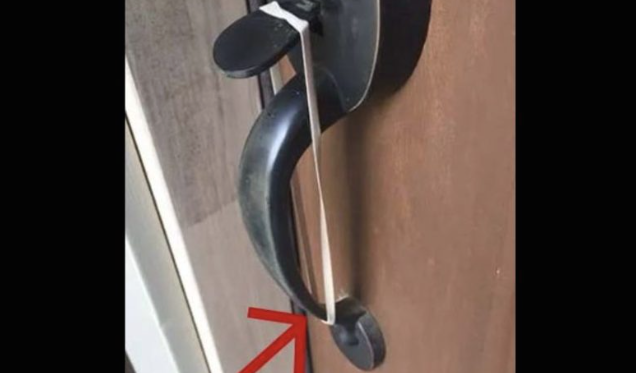Few priorities rival the paramount importance of ensuring the safety and well-being of ourselves and our loved ones. Safeguarding our homes from potential threats is a natural instinct that has been ingrained in human civilization since time immemorial, regardless of the size or age of our dwellings.
The sense of security provided by our homes becomes all the more pronounced when confronted with the unsettling reality of burglaries and other security breaches.
The mere thought of an unknown intruder gaining access to our personal space, rummaging through our belongings, and potentially causing harm sends shivers down our spines.

It is a collective desire to steer clear of danger, particularly within the sanctuary of our homes. Many individuals adopt various security measures, ranging from vigilant guard dogs to strategically placed surveillance cameras, with the hope of deterring criminals and capturing evidence if needed.
Despite these proactive measures, criminals continually evolve their tactics to outsmart established security measures. A cautionary tale comes from a Texas woman, Kim Fleming Cernigliaro, who recently shared her harrowing experience on social media.
Kim recounted a chilling incident that occurred two weeks prior, where a persistent and forceful knock on her front door raised her suspicions. Refusing to answer the door when alone, she later discovered a disturbing detail, an attempt to manipulate the door’s latch by placing a rubber band around the knob.
This method, as Kim learned, is employed by criminals to exploit a homeowner’s vulnerability and gain swift entry once the door is unlatched.
The revelation shocked Kim, prompting her to share the incident on Facebook as a warning to others. She emphasized the importance of remaining cautious, even in seemingly harmless situations.
Her post, which gained attention, shed light on a disturbing trend in the area, prompting local authorities to acknowledge the emergence of this particular break-in technique.
Kim’s story serves as a stark reminder that vigilance is key in safeguarding our homes. Trust, she notes, should not be extended blindly, and precautionary measures must be taken to thwart potential threats.
As criminals adapt, so must our awareness and security practices.
In light of such alarming incidents, it becomes imperative for everyone to stay informed and share these cautionary tales. By doing so, we contribute to a collective effort in fortifying our homes against evolving threats.
So, the next time an unexpected knock echoes at your door, think twice before answering, and encourage others to do the same.
